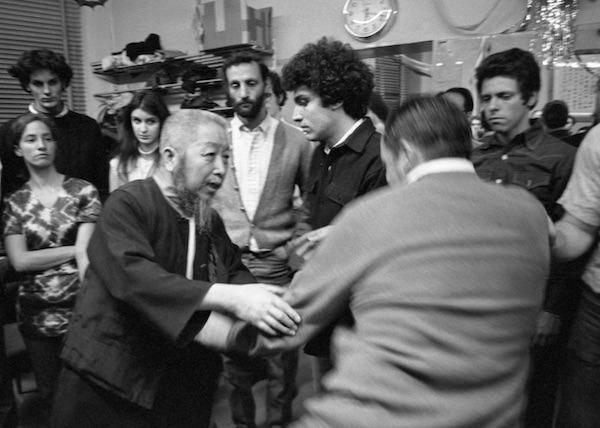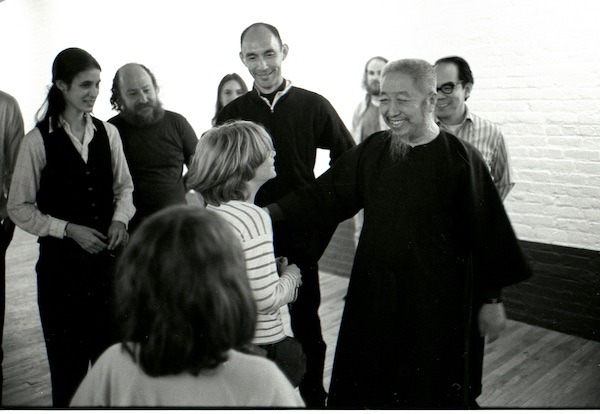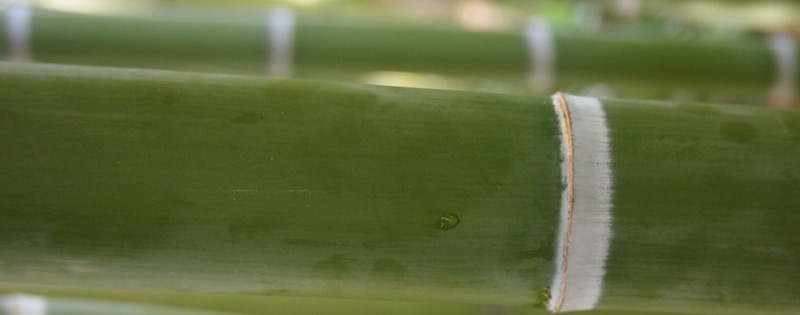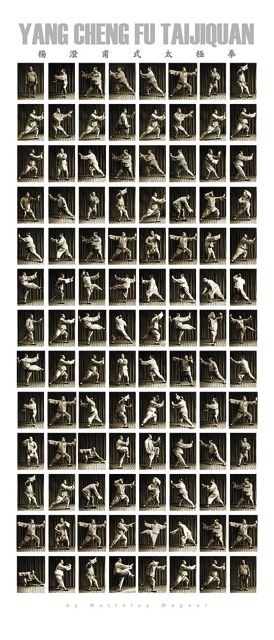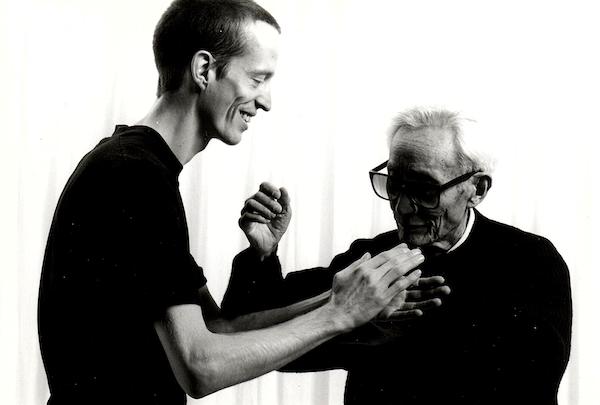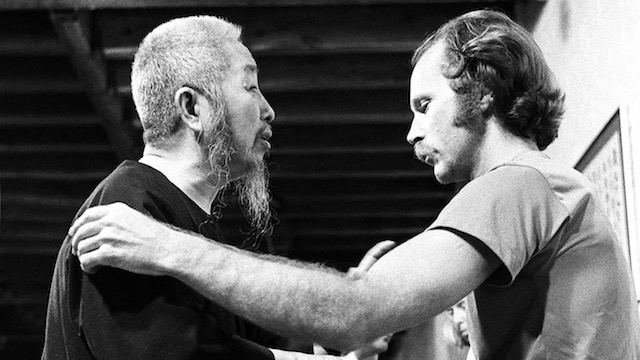William C C Chen Q&A 1992 Part 2|4: Neigong, the connection of martial arts and meditation and Tai Chi as therapy
In Part 2 of the interview, Master Chen answers the following questions:
Techniques, secrets and ways to let students pay
Asked about the technique of “Zhou Lei Feng” and if he could explain the meaning for martial arts, Master Chen expands upon the connection of names, stories and techniques – and the “secrets” of the trade. Beginning with an explanation of how techniques might have got their name, he talks about the business concept of having so and so many sets of techniques to teach and the expansion of this idea into having special indoor students as an economic model to develop a school. He is also very clear about the use of so-called “secret techniques” which are taught only to those who will not reveal (or sometimes have to promise not even to use) them.
Master Chen’s own approach is that of open teaching – in his own words: “I do not hold back”.
Neigong

Asked about Cheng Man Ching’s Neigong training, Master Chen describes the process of students attending in three shifts as training partners and how the scheme had eventually to be dropped after some time, because he was the only one left willing (and able – because he did not work at the time) to come and wait for the gaps in Cheng Man Ching’s tight schedule where the training actually could take place between appointments of medical patients and social calls from visitors Master Cheng had to squeeze in between.
Bearing than in mind, one can induce that the Neigong training was regular training condensed into a conditioning phase with several training sessions a day including partner work with different people – (Master Chen at some point in the interview refers to himself as Cheng Man Ching’s punching bag). Although this seems to be sort of an anticlimax, this “boring” version rather fits the picture than the usual stories of Neigong consisting of chosen adepts attending secret instruction or The Master engaging in some kind of hour-long (or even months-long) sitting meditation during which the more earthly problems had to be solved by obedient students, looking in awe at a miracle of transformation unfolding before their eyes.
Meditation and martial arts

Asked about the connection of mediation and martial arts, Master Chen rejects the idea that there is a contradiction between the two.
In practical terms, the meditative aspect of fighting begins with being able to control one’s temper (not going crazy) and goes on with staying calm and relaxed in a fight. For a fighter, staying calm and relaxed enough means able to move fast – because being loose enables greater tension changes in the body.
With a calm mind, a fighter is able to keep the energy in one’s center, to be rooted and relaxed. While too much excitement overemphasizes the upper body, makes one too light and tends to fog the mind, a clear mind also means better (self) control.
When am I ready to teach?
Asked about the right time to start teaching, Master Chen holds that “when you know the form you are able to teach”. Even if there is not much more experience, one can pass on what one knows. The key to teaching – at this stage as well as at any later stage – is to be open to the students about what one does not know – and to stick to what one knows from one’s own experience while teaching, one might add.
Is it okay to combine Tai Chi with other therapy methods?
Master Chen sees Tai Chi as a natural part of physical therapy.
Concerning mental health therapy there might be a case for the mind-relaxing aspect of Tai Chi being helpful to those experiencing mental distress. It has to be born in mind though that Tai Chi is a movement-based system and if the mind is too tense or anxiety around body (performing) issues is too great, working with a body movement system may not be the right choice. In different cases, concentrating on the body while doing the Tai Chi form may be a way to stop intrusive thoughts and thus calm the mind indirectly.
In the field of physical therapy, Tai Chi as a school of movement may work via direct impact – e.g. punching as physical therapy to get rid of unnecessary tension. Working with the body mechanics, Tai Chi is also a valuable tool for rehabilitation and (re)learning of functional movement.
Video Neigong, the connection of martial arts
Author: Gabi Kannenberg
Images: Nils Klug and Taiji Forum
German version of this series

